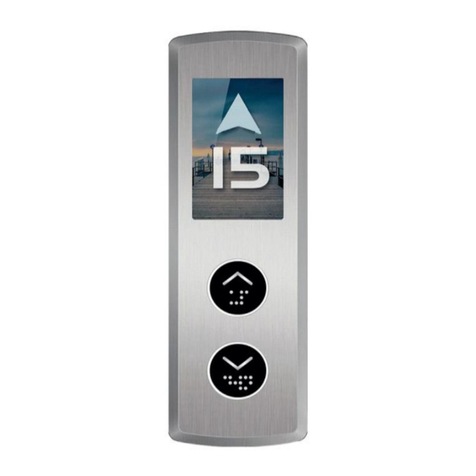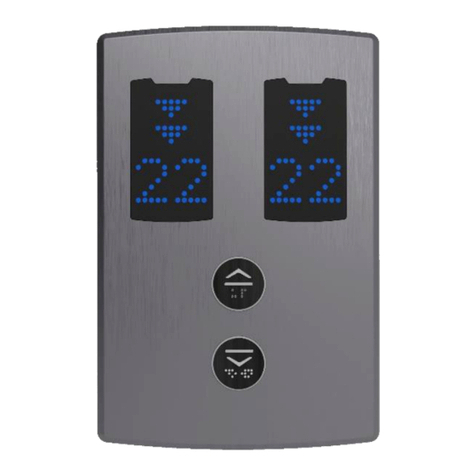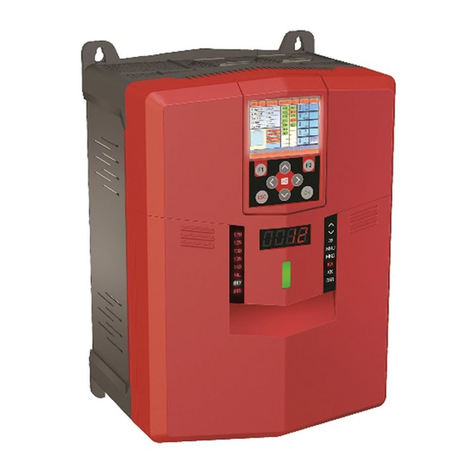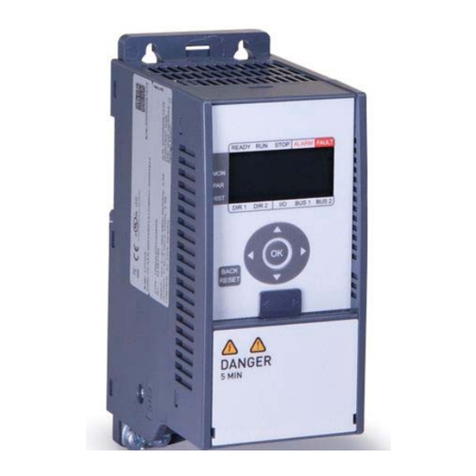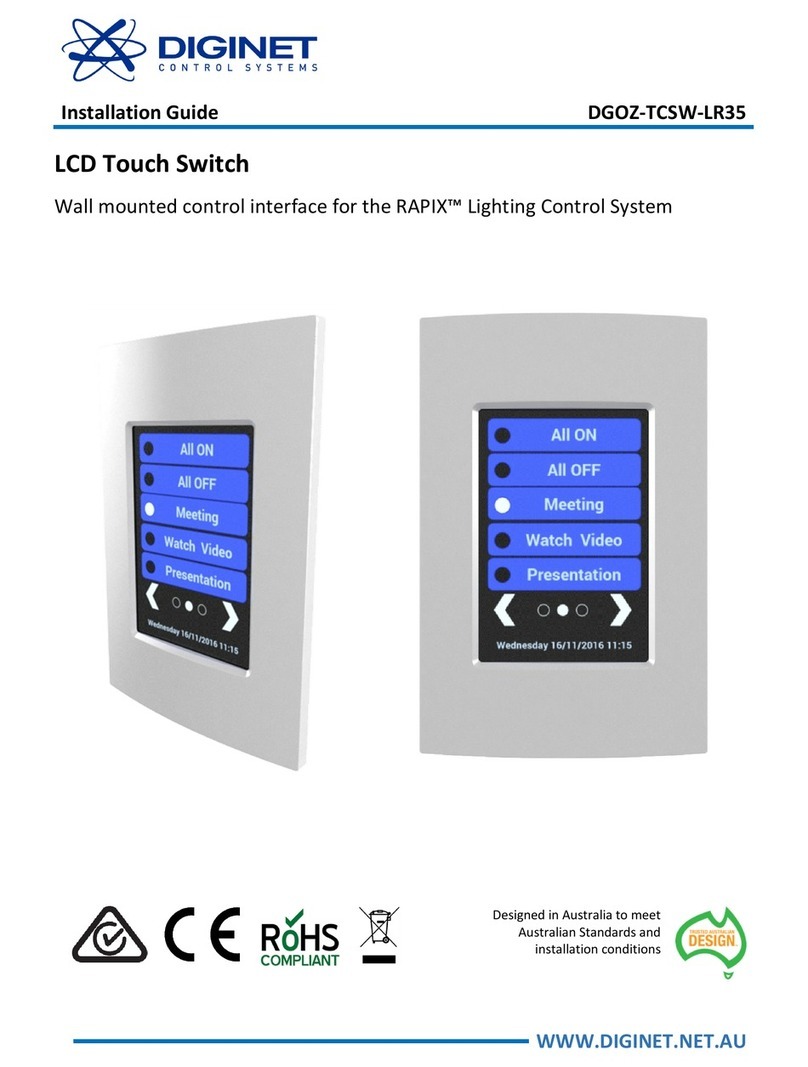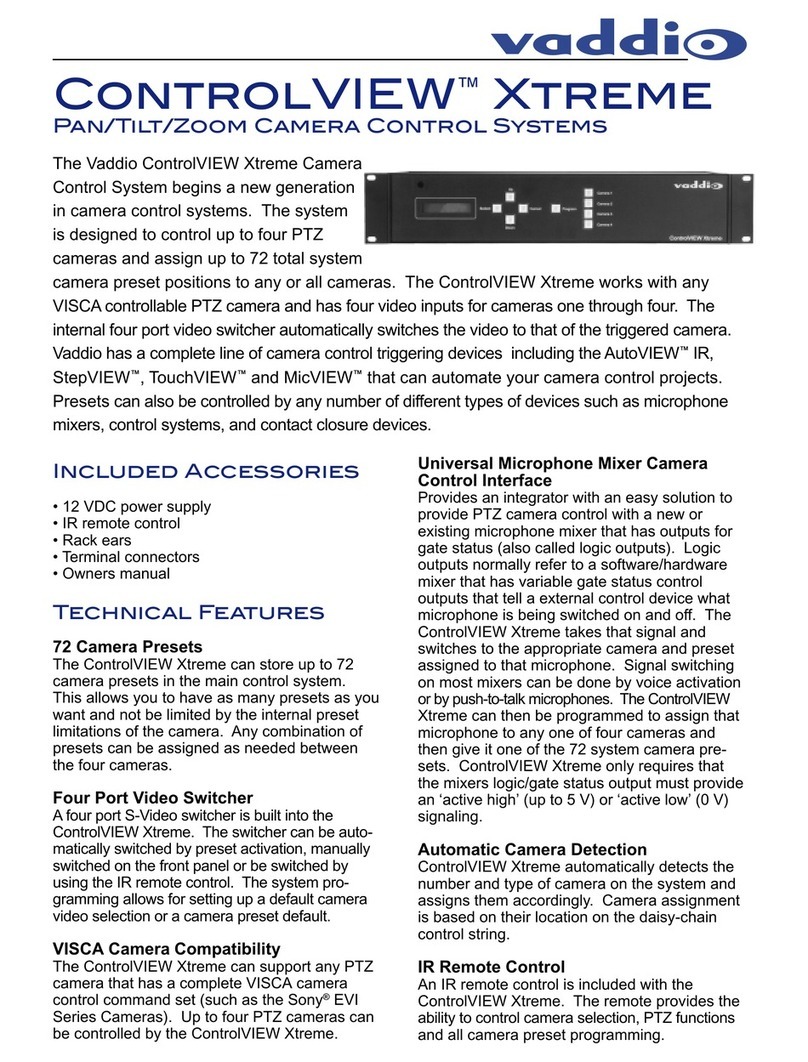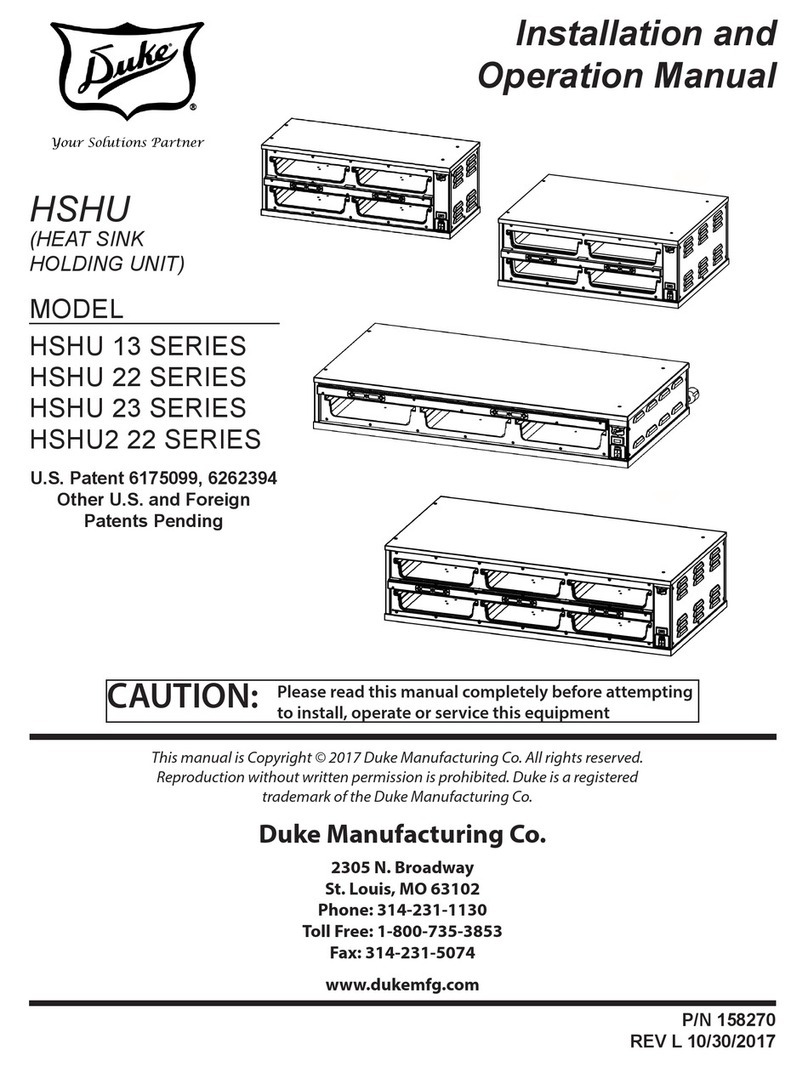
F/7.5.5.02102 R:1 2 ALC
INDEX
CHAPTER 1 - DESCRIPTION OF THE SYSTEM......................................................................................................................5
1.1) SERIAL COMMUNICATION AND CONFIGURATIONS..................................................................................5
1.2) CALL REGISTERS................................................................................................................................................5
1.3) DOORS...................................................................................................................................................................5
1.4) CAN PORTS...........................................................................................................................................................5
1.5) ELECTRONIC BOARDS IN THE SYSTEM.........................................................................................................6
1.6) SAFETY LINE .......................................................................................................................................................7
1.7) PANEL VOLTAGE..............................................................................................................................................10
1.8) INPUTS ................................................................................................................................................................10
1.9) OUTPUTS ............................................................................................................................................................10
1.10) UNINTENTED CAR MOTION (UCM).............................................................................................................10
1.11) CAR POSITION INFORMATION.....................................................................................................................10
1.12) DISTANCE BASED OPERATION....................................................................................................................11
1.13) GROUP OPERATION .......................................................................................................................................11
1.14) FIRE FUNCTIONS.............................................................................................................................................11
1.15) VIP TRAVEL .....................................................................................................................................................11
1.16) PRIORITY FUNCTION.....................................................................................................................................12
1.17) ACCESS CONTROL SYSTEM .........................................................................................................................12
1.18) HANDTERMINAL ............................................................................................................................................12
1.19) DATA TRANSFER............................................................................................................................................12
1.20 MAINTENANCE CONTROL.............................................................................................................................13
1.21) TEST MENU ......................................................................................................................................................13
1.22) ELECTRONIC RESCUE SYSTEM...................................................................................................................13
1.23) EN81-21 LOW PIT/LOW HEADROOM APPLICATIONS ..............................................................................13
CHAPTER 2 - LCD SCREEN AND KEYPAD...........................................................................................................................14
2.1) STARTUP SCREENS ..........................................................................................................................................15
2.2) MAIN SCREEN....................................................................................................................................................15
2.3) BUTTON FUNCTIONS IN MAIN SCREEN.......................................................................................................19
2.4) TEST MENU ........................................................................................................................................................21
2.5) USER DEFINABLE MENU.................................................................................................................................22
2.6) MENU TREE........................................................................................................................................................22
CHAPTER 3 - INPUTS.........................................................................................................................................................23
3.1) HARDWARE .......................................................................................................................................................23
3.2) INPUT FUNCTIONS ...........................................................................................................................................23
3.3) MONITORING OF THE STATES OF THE INPUTS..........................................................................................31
3.4) DEFINITION OF INPUTS...................................................................................................................................31
3.5) SETTING OF INPUT TERMINALS....................................................................................................................32
3.6) SETTING ALL INPUTS BY ACOMMAND.......................................................................................................33
CHAPTER 4 - OUTPUTS .....................................................................................................................................................33
4.1) HARDWARE .......................................................................................................................................................33
4.2) LOCATION AND SPECIFICATION OF OUTPUTS..........................................................................................34
4.3) OUTPUT FUNCTIONS .......................................................................................................................................34
4.4) DEFINING OUTPUTS.........................................................................................................................................38
CHAPTER 5- PARAMETERS ...............................................................................................................................................39
5.1) P1-MAIN PARAMETERS...................................................................................................................................40
5.3) P3-TIMER PARAMETERS .................................................................................................................................58
CHAPTER 6 - FLOOR PARAMETERS ..................................................................................................................................64
6.1) K1-SET DISPLAYS .............................................................................................................................................64
6.2) K2-SET DOOR AAND K3-SET DOOR B............................................................................................................65
6.3) K4-CAR CALLS...................................................................................................................................................66
6.4) HALL CALLS ......................................................................................................................................................66
6.5) K6-ENCODER PULSE OF FLOORS ..................................................................................................................67
6.6) K7-GENERAL PULSE.........................................................................................................................................68
6.7) K8-CALL REGISTER PERIODS.........................................................................................................................68
